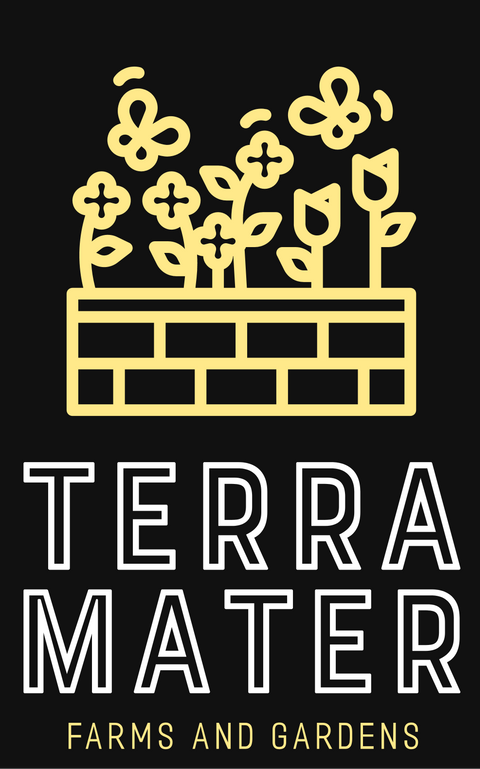Dusky Beardtongue Open Pollinated Seeds (Penstemon comarrhenus) Delicate pale blooms on a drought-hardy plant; native to western ranges and ideal for xeriscapes
Minimum: 50+ Seeds
Dusky Elegance for Dry Landscapes: Grow a Native Treasure with Whisper-Soft Blooms
If you're drawn to native plants that thrive where others fail, Dusky Beardtongue (Penstemon comarrhenus) deserves a permanent place in your landscape. This pale-flowered penstemon brings a gentle beauty to tough terrain, catching the light with soft white-to-lavender blooms and bringing life to even the driest corner of the garden. Whether you're a native plant enthusiast, a xeriscape designer, or a seed collector chasing resilience, this wildflower offers quiet brilliance that grows where water is scarce.
A true native of the western ranges, from Utah to Colorado and beyond, Dusky Beardtongue is a perennial that knows how to endure. Standing just 12 to 24 inches tall, it forms tidy clumps of bluish-green foliage topped with clusters of tubular, bell-like flowers in early to mid-summer. Though subtle in color, the blooms are magnetic to pollinators, especially native bees, hoverflies, and hummingbirds. In a dryland setting or low-water rock garden, its silvery foliage and soft blooms create a calming, naturalistic effect that balances bolder perennials or grasses.
Why Grow Dusky Beardtongue Seeds?
-
Water-Wise Beauty: Ideal for xeriscaping and drought-tolerant gardens.
-
Pollinator Magnet: Attracts native bees, beneficial insects, and hummingbirds.
-
Low-Maintenance: Hardy in zones 4–9, and tolerant of heat, poor soils, and neglect.
-
Native & Adaptable: Suits dry slopes, rocky soils, and open meadows, perfect for wildflower restorations or native borders.
-
Subtle Color Palette: Soft, pale blooms work beautifully with desert pastels, sage greens, and other muted tones.
This open-pollinated wildflower is especially valuable for seed collectors or ecological gardeners restoring native habitat. Penstemon comarrhenus has a long history of thriving without irrigation, fertilizer, or fuss, just give it sun, decent drainage, and the patience to establish, and you’ll be rewarded for seasons to come.
How to Grow Dusky Beardtongue
-
Sunlight: Full sun is best. Can tolerate light shade, but flowering is reduced.
-
Soil: Needs well-drained soils. Rocky, sandy, or gravelly soils are ideal. Avoid clay or soggy spots.
-
Water: Once established, needs little to no supplemental water. In fact, overwatering can kill it.
-
Planting: Sow seeds in fall or cold stratify for 30–60 days before spring sowing. Press gently into soil—light aids germination.
-
Spacing: Space plants 12–18 inches apart. Thin if seedlings crowd.
-
Bloom Time: Early to mid-summer, with silvery foliage holding interest all season.
-
Maintenance: No need to deadhead. Let flowers go to seed for natural reseeding and wildlife forage.
Pro Tip: Dusky Beardtongue doesn’t like rich soil or fertilizer. The more you mimic its natural habitat, the better it performs. Plant alongside other drought-tolerant natives like Blue Grama, Prairie Zinnia, or Rabbitbrush for a resilient western prairie feel.
Whether you're planting a pollinator pathway, expanding a native seed collection, or seeking a subtle yet resilient bloomer for your toughest garden bed, Penstemon comarrhenus offers timeless appeal without the upkeep. Its quiet charm, soft color, and ecological value make it a must-have for water-wise growers with an eye for native beauty.
Add this Western native to your collection before seed stocks run dry. Dusky Beardtongue is hard to find in cultivation but easy to grow once you’ve got the seed. Bring home its enduring grace and watch your dry garden hum with life.

